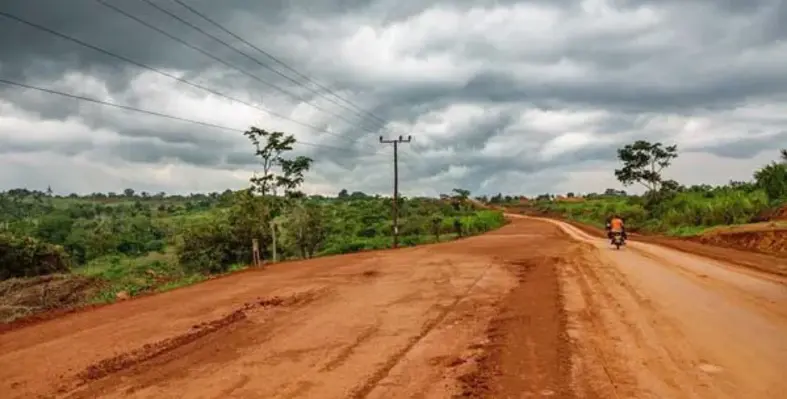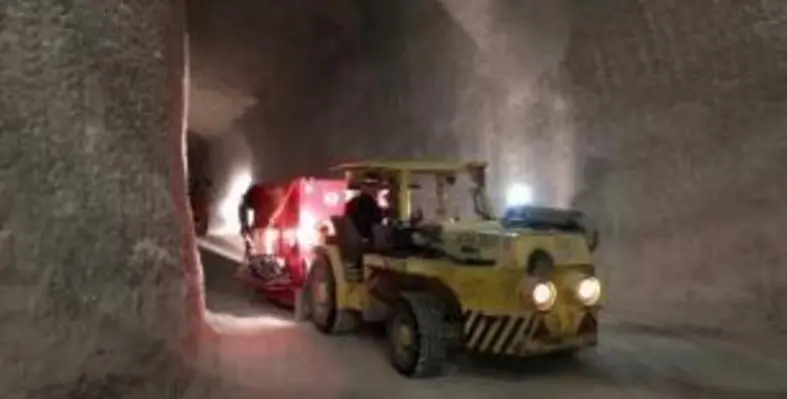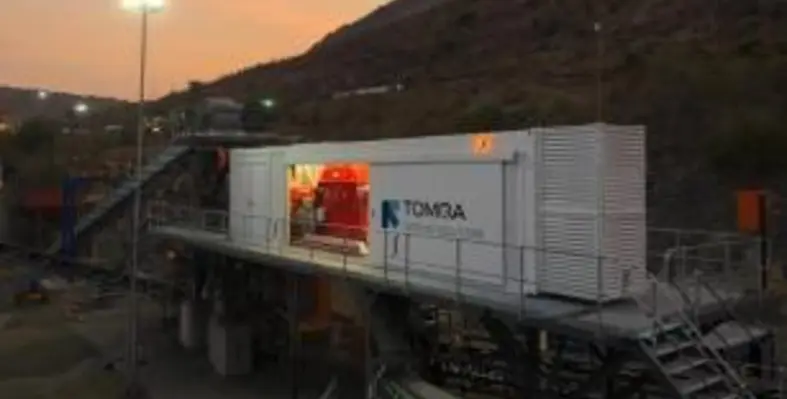
Roughly 86% of the project will be financed by the African Development Fund. (Image source: Adobe Stock)
The board of the African Development Fund (ADF) has approved a loan of US$71.5mn to pave sections of two roads in southwestern Uganda, a project expected to boost livelihoods, school attendance and rural connectivity



